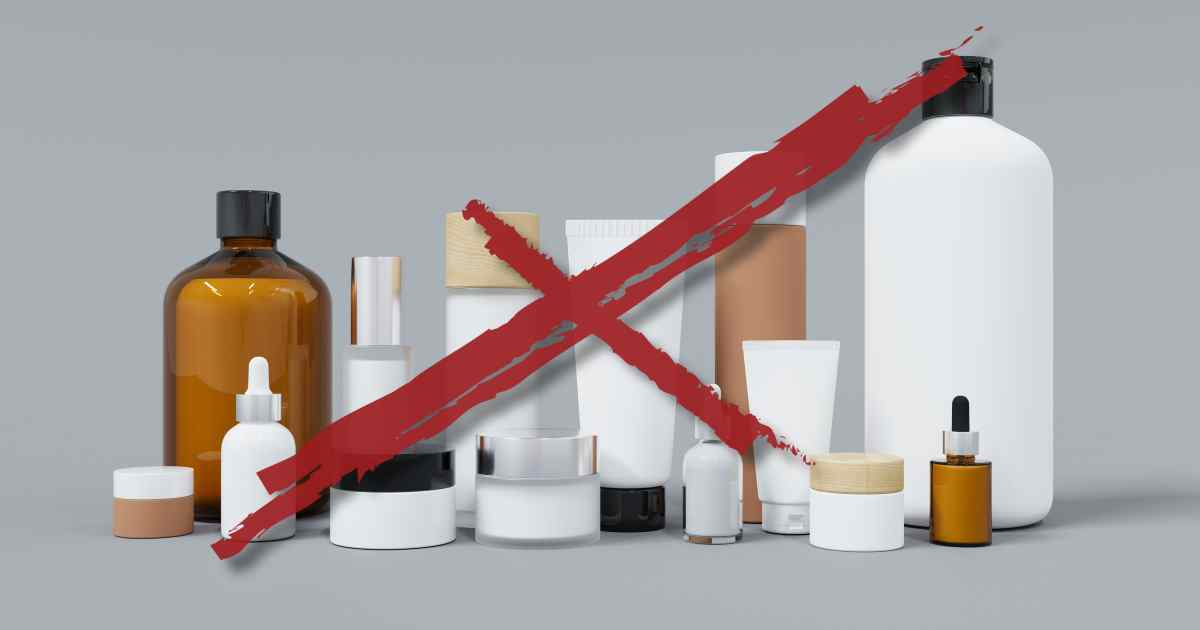
The decision to discontinue a product is a tough one. How do you know if you are making the right decision? How do you know that it won’t negatively affect your business? And what about it being one of your flagship products? We’ve got an answer for you.
In writing, there is a saying: “You must kill your darlings.” This is a term writers and editors often use to remind each other about prioritising the important elements of a story. A darling, in this instance, is a piece of writing like a beautiful paragraph that the writer is chuffed about. However, if this eloquent writing does not contribute to the story, be it in advancing the plot or sharing insight into the character, it’s not worth keeping it in the final product. In other words, it needs to be “killed” by removing it.
For an entrepreneur – even a seasoned one – it can be difficult to determine which product you must discontinue for the sake of your business’s success. The idea that hours were spent on developing and refining, the happy sales that followed, the wonder in seeing the market welcome this new product… How can it be that this product that you have brought to life needs to be discontinued? Well, if it’s not advancing your business, it might be time to “kill this darling”.
Identify The Underperforming Product
There are a few reasons that you might need to discontinue a product. This includes:
- Underperformance, including cannibalisation and demand shift
- Competition,
- Cost-to-revenue ratio, and
- Optimising inventory.
1. Underperformance
Underperformance might be the most obvious reason to discontinue a product. Use your sales data to determine how each product is performing. You can establish what the mean is for all of your products, and if any of them are deviating from it, this is the product you need to keep an eye on. You will also need to determine what the acceptable range is for performance to be in, for example, the mean minus 10. Anything below this number for a set number of months (such as three months) can indicate that particular goods are underperforming.
Two reasons for underperformance exist. First, this can be due to a shift in the demand for a product. For example, a bespoke brand of baked goods sells biscuits, rusks and muffins. The business owner notices that the muffins aren’t performing as they did when it was first introduced to the market. This can be due to a shift in the person’s customer base to instead buy a snackable item that isn’t high in carbohydrates or less sweet.
The second reason why there might be underperforming goods is due to cannibalisation. This occurs when one product underperforms due to another’s increasing growth. Using the same example as before, the entrepreneur might note that they have multiple product sizes within one category or type. A bag of biscuits containing a dozen might be underperforming, but sales for a bag containing two dozen show significant growth. This type of data indicates that it isn’t the inventory units that are underperforming, but instead, there is a clear preference for how it is sold as a different product.
The question to ask here is if this underperformance warrants removing muffins from the product list, as it can save you costs and efforts in rather producing more of the other products? In the second example, the owner might ask if it is worth keeping the smaller size available for purchase.
2. Competition
Competition is unavoidable in any industry. But sometimes, it might be worth conceding that one competitor’s goods (and pricing) are too strong. Underperformance due to strong competition can warrant discontinuation. This once again highlights that the business can benefit more from stopping production in one area and increasing it in another area.
Ask yourself: Can you beat your competitors in this area?
3. Cost-to-Revenue Ratio
Revenue must always be on your mind, but it can easily slip out of your hands when fuel prices increase, inflation rises, and supplier prices increase. Before you know it, your revenue margin shrinks, and the cost of making the product means that the product pricing moves out of the range that your customers are willing to pay.
In extreme cases, business owners only realise after operating at a loss for a few months that there is a problem in the cost-to-revenue ratio.
The question to ask is whether you can reduce the costs of your product with alternative packaging or suppliers without compromising on the quality. If so, your product might be worth keeping; however, if you are unable to find a more affordable way of keeping your product in stock, removing it from your product list might be worth it.
4. Optimising Inventory
Optimising inventory is demonstrated as follows: The aforementioned baker buys eggs, flour, sugar, butter, salt and flavourings such as chocolate chips, poppyseeds, ginger and cinnamon every month. In the case of considering a product discontinuation, the entrepreneur might notice that among all the recipes, all of them contain sugar, eggs, flour, butter and salt. With regard to the flavourings, 30% of the products contain chocolate chips, 30% contain spices, 30% are considered “plain”, and only 10% contain poppyseeds. To optimise inventory, it makes sense to remove the ingredients that are only used in one product, resulting in that item being discontinued.
Note, the opposite is also true. If the baker finds another recipe that uses all the same ingredients, this person can introduce a new product with ease.
How to Discontinue a Product
According to the Consumer Protection Act No. 68 of 2008, your customers have the right to fair and honest dealings, which means that your conduct in discontinuing a product needs to be ethical and proper. Consumers also have the right to protection against false, misleading or deceptive representations, meaning that customers should not be misled or deceived as to why the product is discontinued. Furthermore, under their right to fair value, good quality and safety, explaining whether the discontinuation was due to quality or safety (or not) is important. It not only ties into your brand’s reputation management, but also contributes to transparency and honesty as values of your business.
There are basic steps that a business must follow when a product is discontinued. They not only protect your reputation, but also build trust and transparency, and protect customer relationships.
Step 1: Evaluate the Performance
Product performance is evaluated through sales data. By referring to the data and allowing it to lead them, business owners ensure that they leave their biases out of the equation.
E-commerce businesses have access such as on-platform analytics or Google Analytics to help them find underperforming products. However, using sales software to see how many of what products were sold throughout the month, and using manual calculation can also indicate the data you are looking for.
Alongside the sales data, entrepreneurs must consider using customer feedback too. Don’t just guess why something isn’t working. Run polls on social media, send out surveys or corner customers in-store to ask them why they prefer one item over another.
Step 2: Inform Stakeholders
Communication is key in everything! The first people to whom you must communicate the discontinuation of a product are the internal teams. Production, marketing, sales, customer service, and inventory all need to know that marketing needs to stop, raw materials won’t be purchased anymore, sales won’t be pushed, customer queries about it must indicate its discontinuation, and production for it will cease.
Externally, suppliers need to be informed that standing orders will not be purchased and why as to protect these relationships. The same holds true for any distribution partners who won’t have stock of the item anymore.
Lastly, customers are informed through the marketing (communications team) that the product is no longer available. This can be through an online campaign, press releases and website notifications. Customer service scripts also need to be prepared so that anyone who will deal with such a query will know what to say.
Step 3: Plan Inventory and Logistics
Start by calculating the remaining stock to determine when the last date for available stock will be, and how many units still need to be sold. You also need to consider whether you will be selling this as clearance items or not.
Your warehouse team – if you have individuals managing stock and dispatching – will also need to be informed that they won’t be receiving inventory for a specific product, and won’t be dispatching deliveries after a particular date.
Step 4: Post-Discontinuation Analysis and Feedback
Analyse the impact of a discontinued product on your business. This will help you in the future as well as understanding if the decision truly made the desired difference. Look at revenue, growth/decrease in sales, customer feedback and average order/sales value.
When you discontinue a product that you have worked so hard on to develop, the feeling is bittersweet; all that hard work for what? But don’t forget that it is all about the bigger picture. At the end of the day, scrapping the underperforming items from your workload gives you time to increase output on the products that work.












